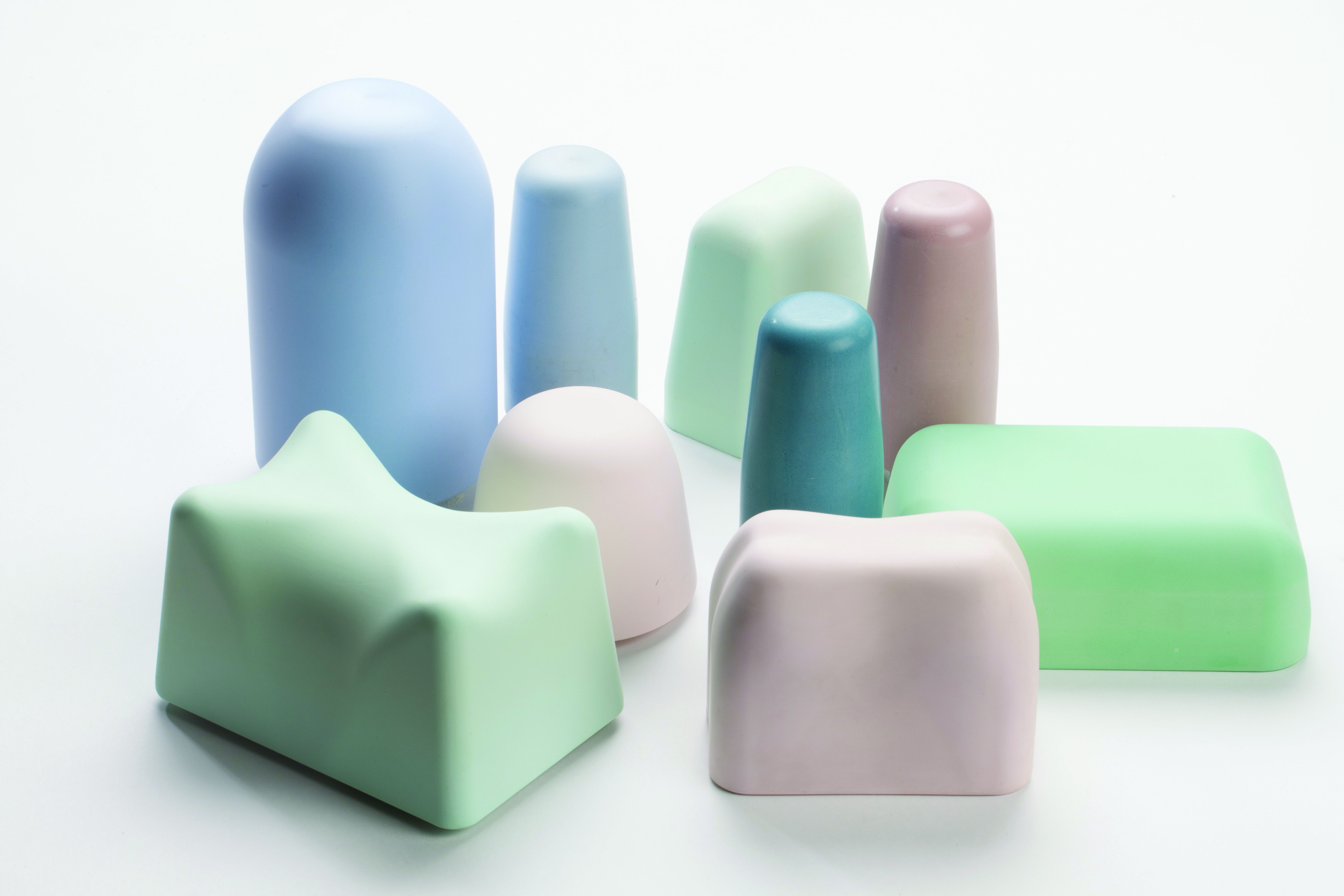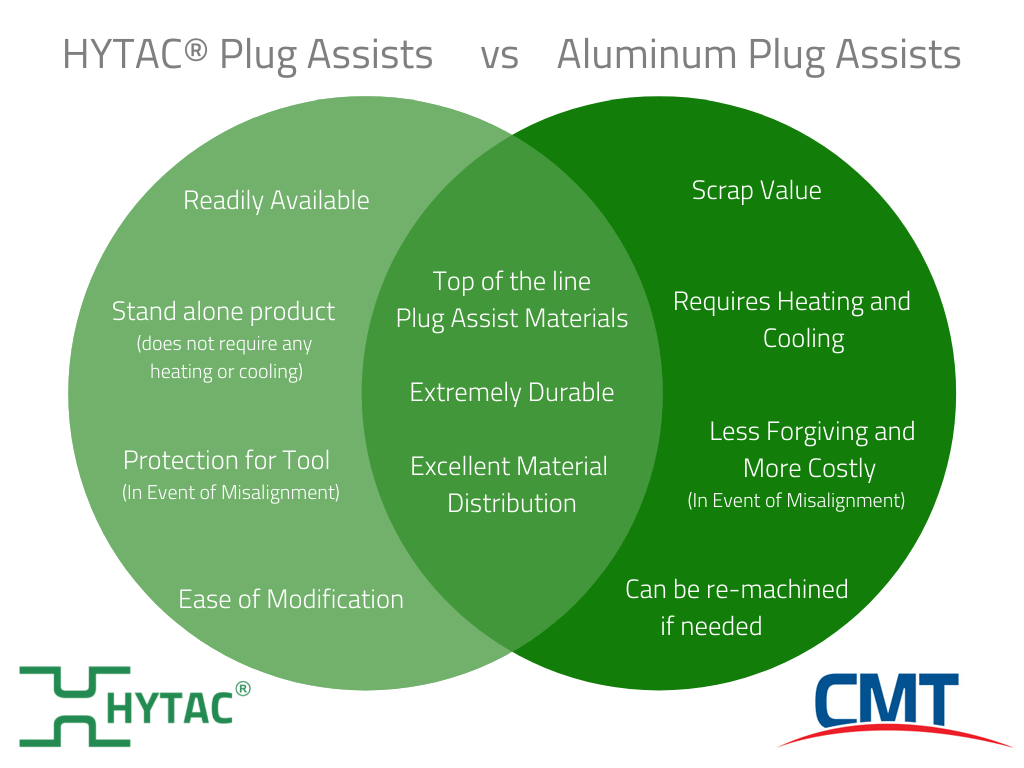Most people know that if you machine HYTAC materials correctly by following our guidelines, you will get a plug with a great surface. What’s not so clear, however, is why, when and how you might want to modify the surface of the plug through polishing. Let’s look at the topic of polishing syntactic foam in some detail.
First, let’s look at why you would want to modify the surface of a machined plug. Changing the surface friction is probably the biggest reason why people modify the surface of the plug. While the coefficient of friction (CoF) is difficult to measure, it is a reality of plug-assisted thermoforming. Temperature, substrate, surface finish, motion, dust and many other factors affect the plug/sheet interface. Different surface conditions as a result of machining or polishing a plug material, or even a few degrees of temperature variation in a mold, will affect the CoF and sheet stretch values. The CoF changes for each specific plug material and type of plastic. It can also differ from one roll of plastic to another!
Other general reasons for “why” include reducing sheet stick and improving repeatability from one part to the next. In some cases, plugs are highly polished to reduce scratching or mark-off. In other cases, the discrete geometry of the plug is modified in order to change the performance of a particular area of the tool.
There are different schools of thought on how to modify the plug surface. Silicon carbide sandpaper is commonly used. When polishing thermosets and co-polymers, the sandpaper can be dipped in water. This helps reduce the build-up of dust in the grit. Important note: this method cannot be used for B1X and XTL. Open mesh or micro-mesh sandpaper can also be used as they also reduce the amount of dust or build-up in the grit.
Once the media has been selected, then there is the actual method of how to polish. We have seen (and tried) many of these: sanding blocks, manual polishing, dremel tools, drill presses or vertical mills and lathes (for cup plugs, mostly). There is no one correct method as the geometry of the plug and the preferences of the user will ultimately determine how to polish the plug.
Where should you polish? It’s logical to focus on the contact points where the plug first meets the plastic sheet. Depending on the tool layout and the requirements for the thermoformed part, you might want a different finish at key stretch points.
How do you know when you’ve achieve the optimal surface finish? When the thermoformed parts are crystal clear? When the customer has accepted them? Only you can decide based on your specific application.
Get in touch and let us know if you have questions or just want to share notes.







SHARE